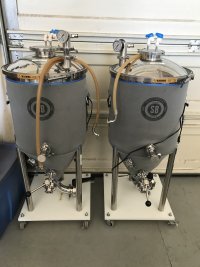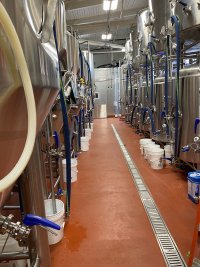Not sure but I think some of the replies including my own, are talking about something different.How are we cleaning the lid?
I can clean everything with pretty much just a sponge but the lid takes a a green scrubby to get off the caked on mess. How are you guys going it?
Are you using the Spike Solo with a flat lid or their conical CF# with the doomed lid?
The doomed lid shouldn't be getting much gunk on it from fermentation since it would be over filled past the lid gasket. I could see a build up on a flat lid.
With either as many have stated just wash the lid with something soft or use a CIP. I break down my fermenter after each batch just to make certain is completely clean and sanitized.
















![Craft A Brew - Safale S-04 Dry Yeast - Fermentis - English Ale Dry Yeast - For English and American Ales and Hard Apple Ciders - Ingredients for Home Brewing - Beer Making Supplies - [1 Pack]](https://m.media-amazon.com/images/I/41fVGNh6JfL._SL500_.jpg)










































